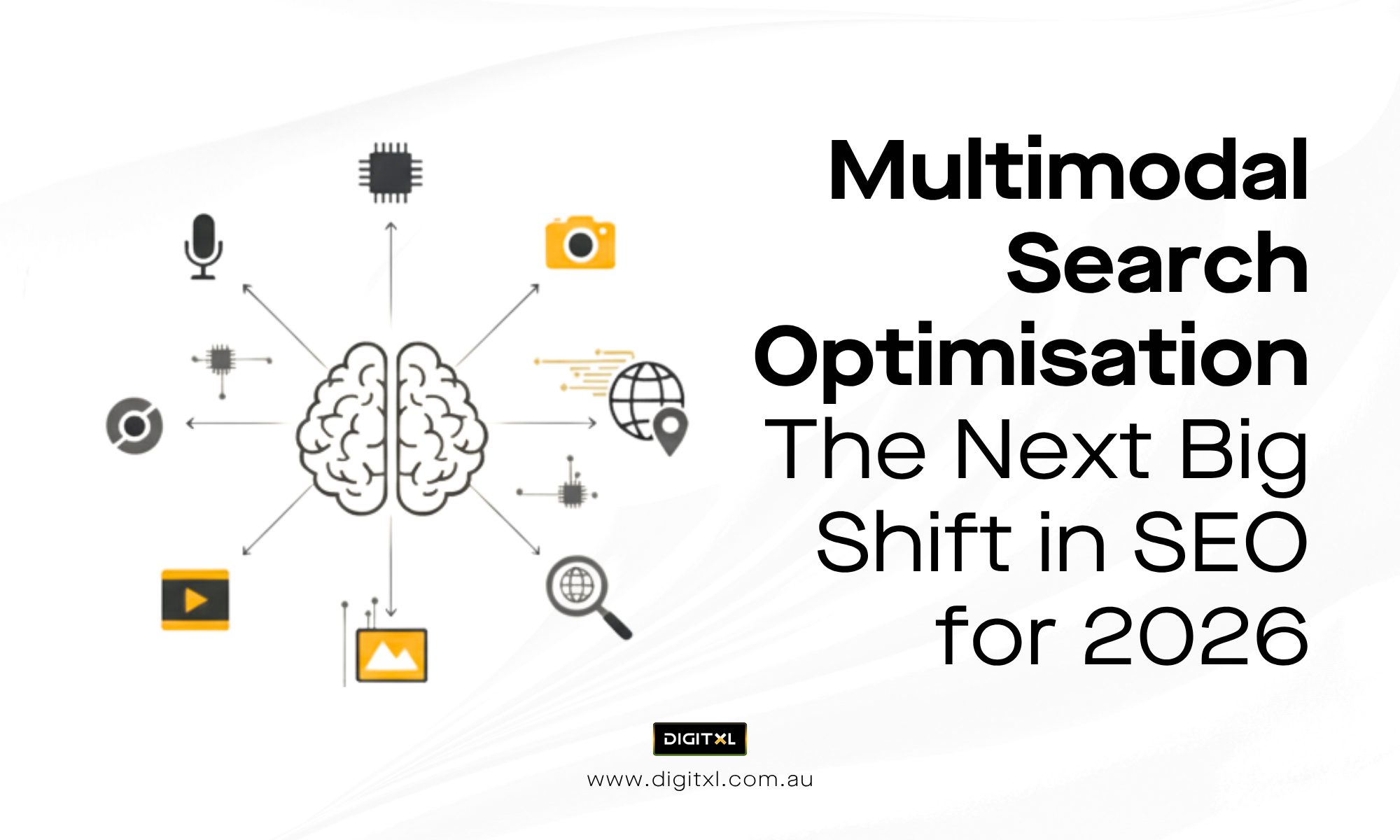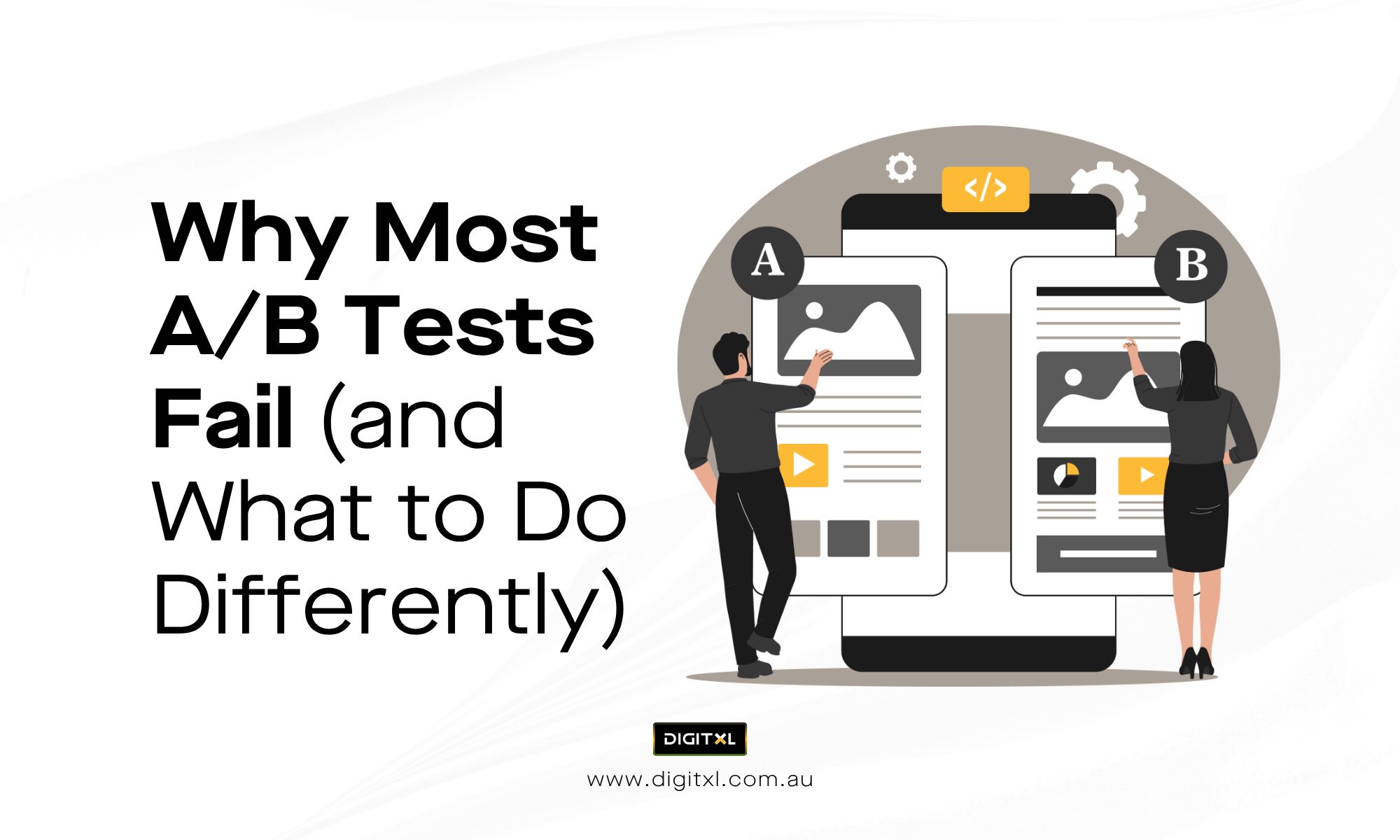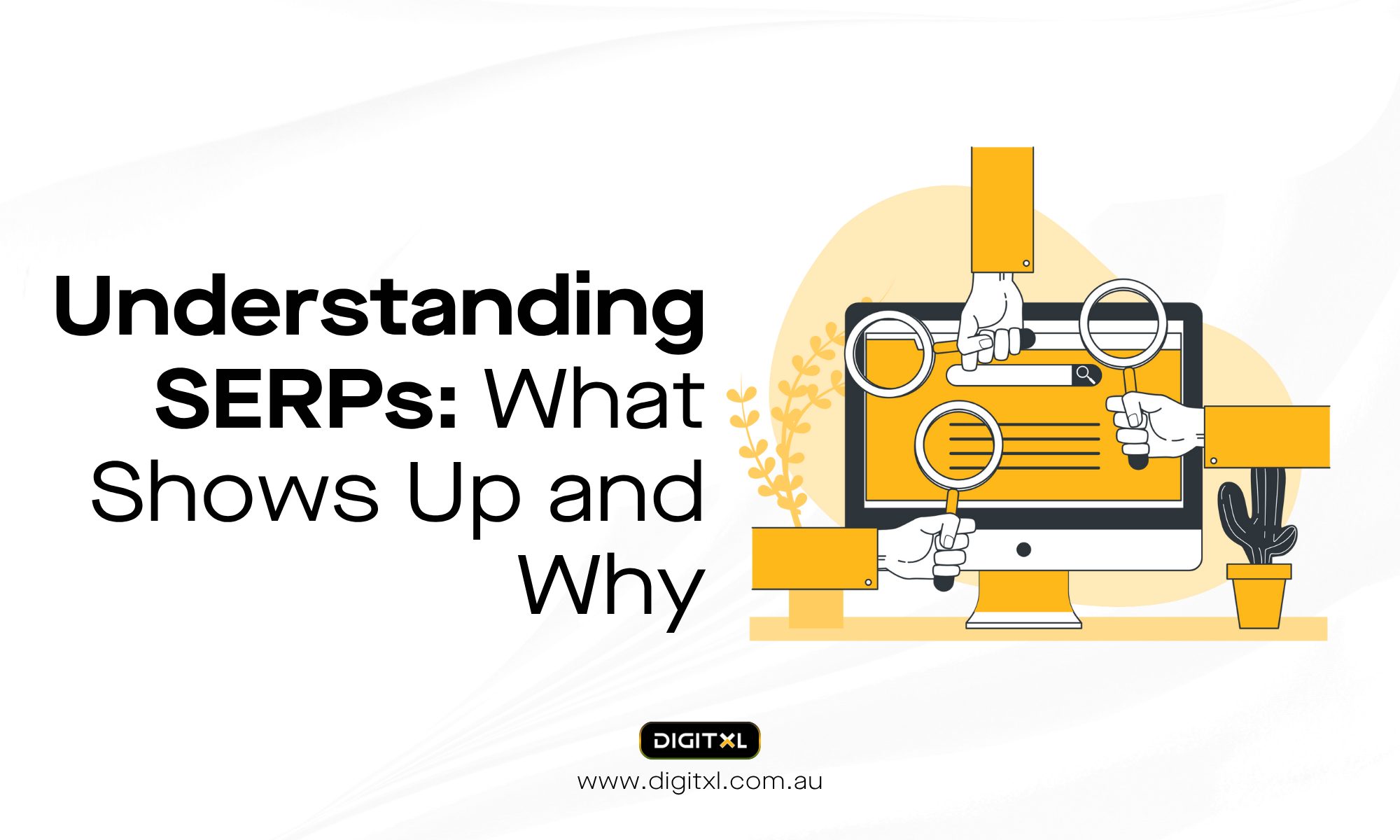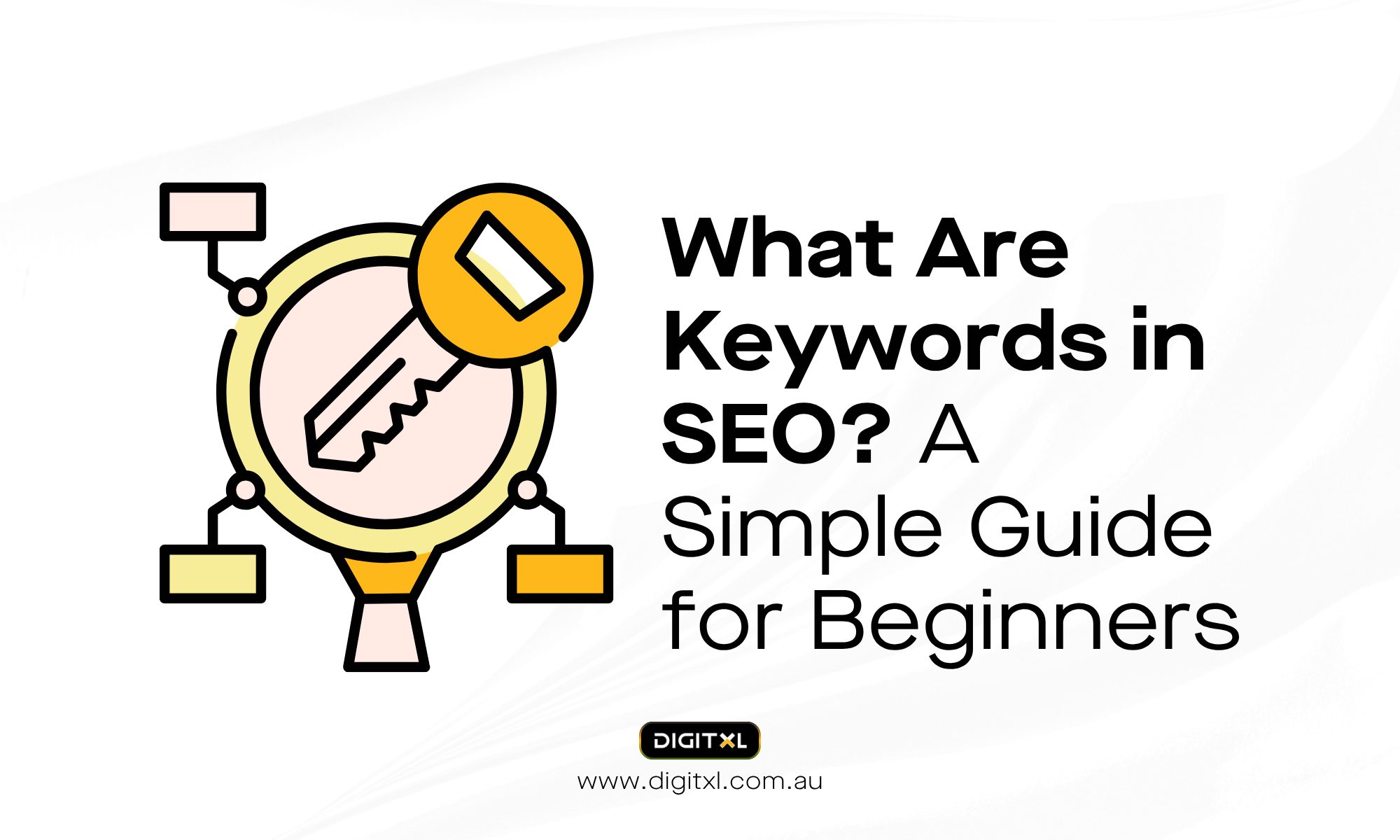- CRO
- Ecommerce
- Martech
BFCM 2025: Turning Four Days into Twelve Months of Advantage
01 Oct 2025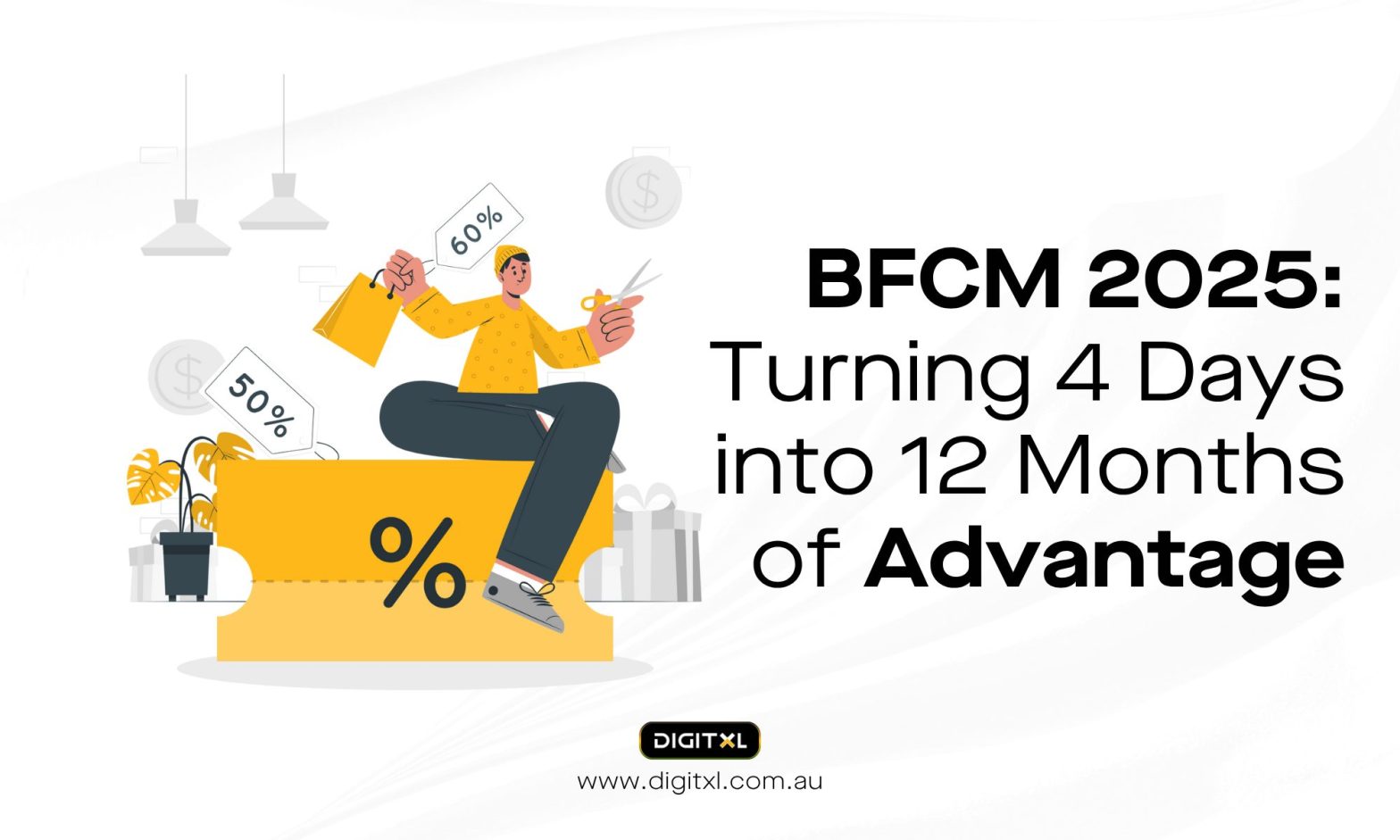
Why this year feels different
Every November, the same ritual unfolds: budgets approved, campaigns queued, inventories stacked. Then BFCM lands, and in less than a week a brand sees how much of its preparation holds up.
In 2025, the stakes feel sharper. Paid media costs are heavier, fulfillment is pricier, and customers are fatigued by endless “40% off” offers. At the same time, inboxes and feeds are filled with AI-generated campaigns that blur into one another. Cutting through is harder, but it’s also clearer who is playing the short game and who is treating these four days as the start of something longer.
1. The shifts defining this season
Across our work with clients, several themes repeat:
- Intent is peaking later. Most customers begin browsing weeks before, but serious conversion doesn’t lift until the ten days leading into Black Friday. Brands that blew 30% of spend in early November last year saw fatigued audiences and expensive conversions when intent finally spiked.
- Discounts have lost their edge. Blanket deals no longer shift the needle when every competitor is running them. Structured offers bundles designed to raise order value, early-access tiers for VIPs, or value-adds like extended warranties create differentiation and protect margin.
- Margins are unforgiving. Ad costs, returns, and fulfilment all erode contribution. A campaign that looks good in Shopify can turn negative once finance closes the books. The real scoreboard this year is contribution margin, not topline revenue.
- Data is the new bottleneck. With third-party tracking fading, the brands struggling most are those without reliable first-party datasets. The ones winning are those who invested in clean tracking and consented audiences months ago.
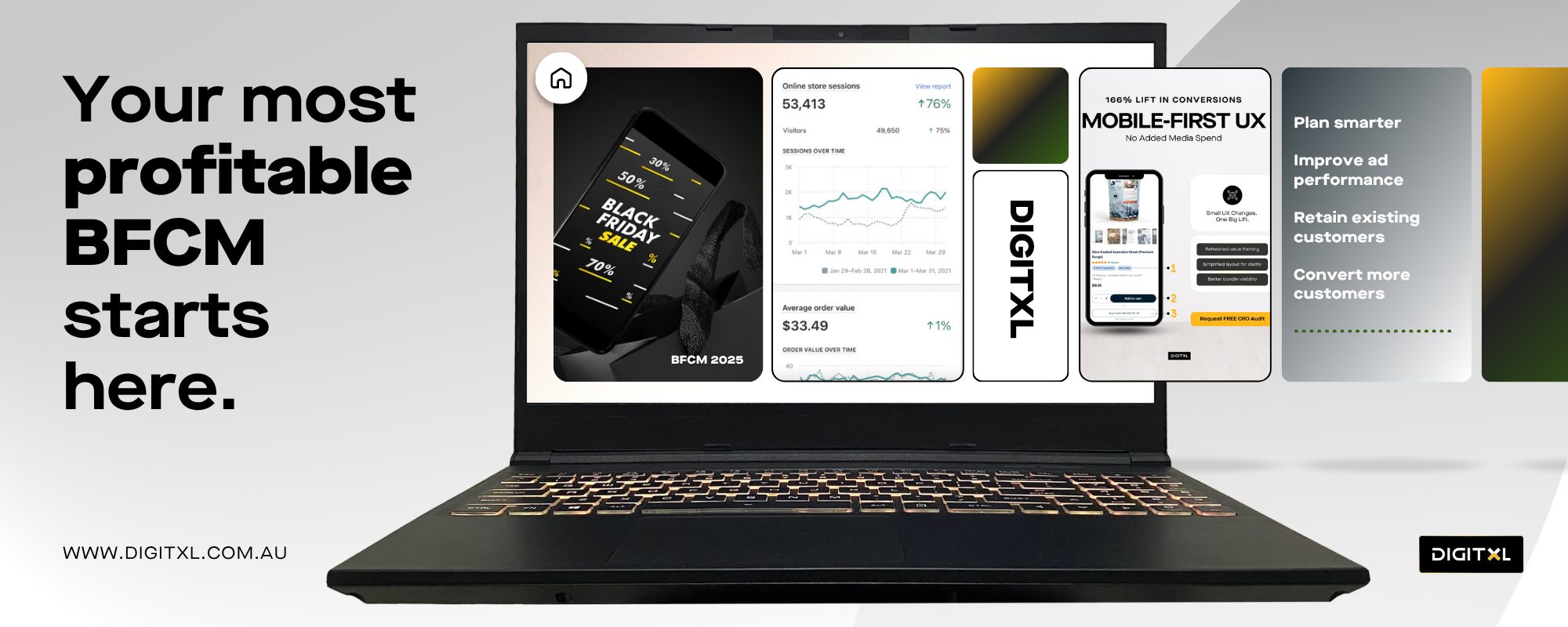
2. Foundations decide the outcome
The best campaigns rarely start with creative. They start with infrastructure.
A full data audit is the first lever. If funnel events aren’t firing product view, add-to-cart, checkout step, purchase spend will be wasted when decisions matter most.
Then comes resilience. Mobile performance, checkout flow, and payment fallback all decide whether customers complete or abandon. Load tests and alerting systems prevent BFCM from becoming a technical failure rather than a commercial success.
And finally, benchmarks. Knowing conversion rate, abandonment rate, and average order value before the weekend starts means you can measure uplift accurately. Without baselines, a revenue spike is just noise.
3. Execution when the clock is ticking
Once the weekend begins, success comes from agility.
Segmentation is the difference between growth and waste. VIP customers expect recognition and exclusivity. New visitors respond to urgency and clarity. Abandoners convert when contacted within an hour, not a day. Treating them all the same leaves profit on the table.
Timing shapes outcomes. One client’s abandonment flow triggered within 45 minutes of checkout drop-off. The recovery rate was nearly double compared to the brand that waited until morning. The gap was timing, nothing else.
Channels need to connect. A customer who opens an email but doesn’t buy should see aligned ads. Someone who engages with a paid campaign should enter a flow that addresses objections, not be treated as a stranger the next day. Disconnected systems waste intent.
And while marketing gets the spotlight, service often makes or breaks the weekend. Support volumes spike, and the speed and empathy of responses can convert a one-off buyer into a long-term customer. Treat service as part of the campaign, not an afterthought.
4. What happens after BFCM, matters.
Too many brands close the book once Cyber Monday ends. The strongest treat it as the start of the next cycle.
Buyers need structured onboarding. Show them what your brand stands for, reward their choice, and make the path to a second purchase easy.
Browsers who engaged but didn’t convert are still warm. A lower-barrier offer or timed re-engagement can bring them across in the following weeks.
And the debrief cannot wait. Document which offers raised AOV, which channels converted cheapest, and where systems cracked under pressure. Leaving this until next year guarantees forgotten detail and repeated mistakes.
5. The BFCM Revenue
Revenue will always be the headline, but the numbers that matter for long-term growth are different:
- Conversion rate across device and channel.
- Average order value, especially how it shifts with bundles and thresholds.
- Acquisition cost compared to projected lifetime value.
- Return rates and their drag on profit.
- Contribution margin after every cost has landed.
These metrics show whether BFCM created durable value or just short-term turnover.
6. Your Timeline for BFCM
Preparation works best with structure:
- Six weeks out – Audit data and site performance.
- Five weeks out – Model offers, confirm margin guardrails.
- Four weeks out – Build flows and assets across channels.
- Three weeks out – Warm audiences, grow early-access lists.
- Two weeks out – QA campaigns, confirm fulfilment readiness.
- BFCM weekend – Monitor in real time, adjust with confidence.
Post-event – Segment, retain, analyse, and extend into Q1.
7. Where DIGITXL fits in
The lesson from BFCM 2025 is simple: campaigns succeed when the underlying systems are ready. Data tracking, attribution, site performance, offer design, and customer flows all work together under pressure. As a Conversion Rate Optimisation Agency, that’s where DIGITXL comes in.
We work with brands to:
- Audit and repair data infrastructure so every decision is based on clean signals.
- Design campaigns around contribution margin, not just revenue.
- Build CRO frameworks that hold up under peak load.
- Create retention strategies so BFCM buyers become long-term customers.
When BFCM arrives, that groundwork is the difference between volume that fades and growth that compounds.
If you want to turn four days of sales into twelve months of sustainable advantage, DIGITXL can help. Let’s start with an audit of your BFCM readiness!

